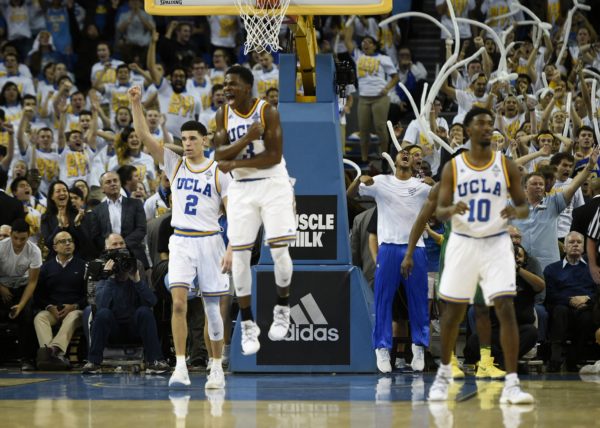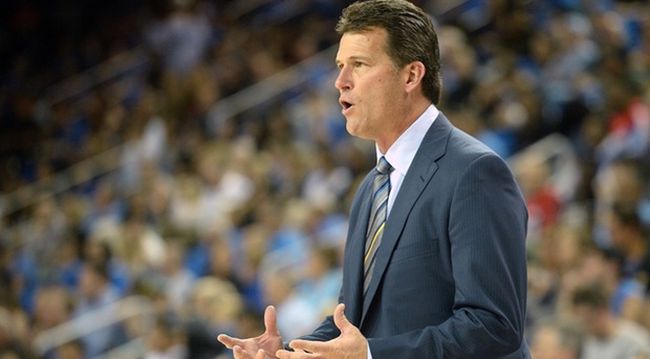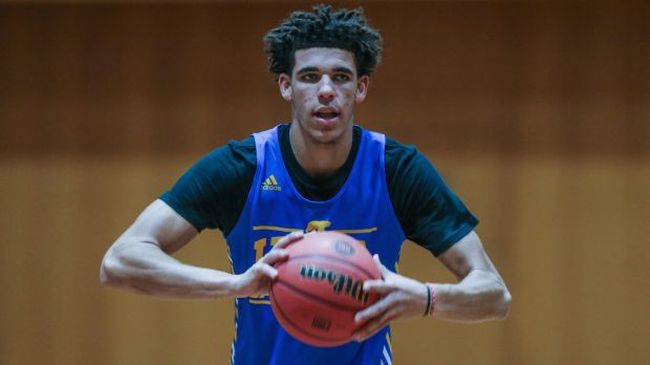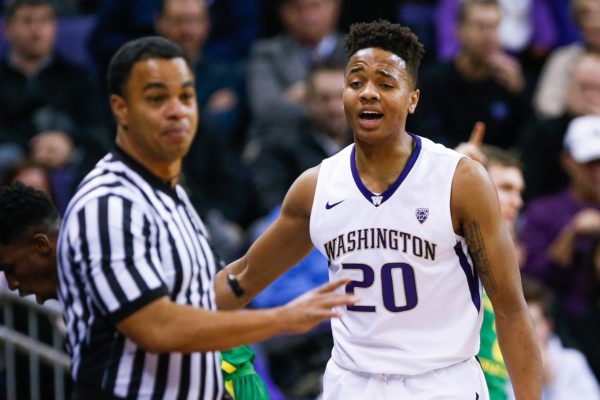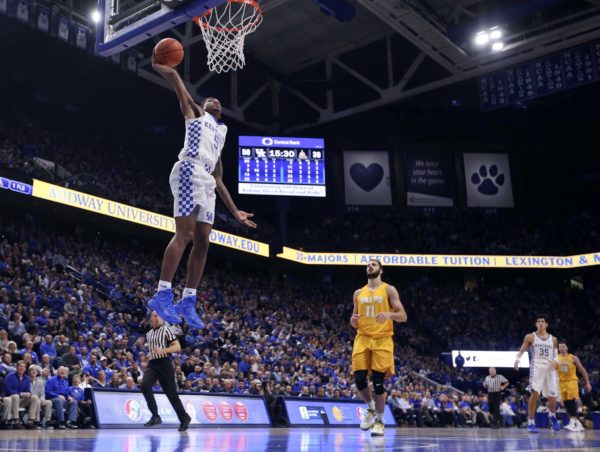The Achilles’ Heels of Arizona, Oregon and UCLA
Posted by Richard Abeytia on February 18th, 2017The Pac-12’s Big Three of Arizona, Oregon and UCLA (in no particular order) have spent most of the regular season displaying their numerous virtues, but for these three programs their ultimate referendum is going to be performance in the NCAA Tournament. The trio certainly won’t be the only Pac-12 schools to qualify for the Big Dance this season, but they will be expected to carry the banner for the Conference of Champions deep into March (last men’s basketball championship: Arizona, 1997). So what to make of the Wildcats, Ducks and Bruins as we approach three weeks until Selection Sunday? Their talent is unquestioned, but each team carries at least one potentially tragic flaw that must be reconciled if it has plans on booking a trip to the Final Four.
Arizona: Inexperience

Lauri Markkanen is a potentially game-changing talent, but will his inexperience catch up to him in the Big Dance? (Getty)
No team epitomizes the conference’s youthful resurgence like Arizona. In Pac-12 play, freshmen Lauri Markkanen, Rawle Alkins and Kobi Simmons represent nearly half of Arizona’s field goal attempts and scoring. That hasn’t mattered until recently, but a reckoning more commonly known as “The Freshman Wall” is imminent. Rare is the first-year collegian who can completely sidestep a prolonged dip in performance. Markannen recently went through a two-week stretch of poor performances, punctuated by four-point, three-rebound stinker at Oregon. Simmons has also struggled with inconsistency in league play. His masterpiece against UCLA was the precursor to an ineffective 2-of-7 game against Utah. Another inconsistent swing through Oregon cost Simmons his starting job, and his 19 minutes against Stanford represented a season low. He bounced back somewhat against California with 13 points and three assists, but he doesn’t seem quite as comfortable as he once did. Alkins also struggled against the Oregon schools, but he played well in recent games against Stanford and Washington State. Teams have certainly won NCAA titles led by talented youth, but it’s also not hard to imagine a team like Arizona cracking against a veteran-laden athletic group like Villanova. Arizona has plenty of time to find greater consistency among its freshman corps, but like the rest of us, Sean Miller is probably still wondering what are his young Wildcats made of?






























